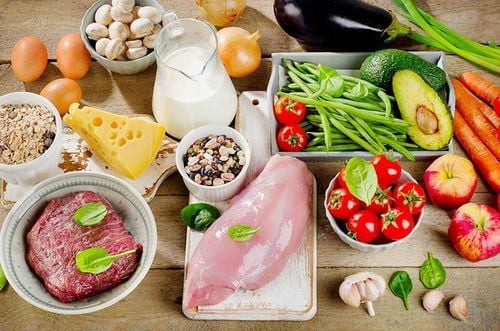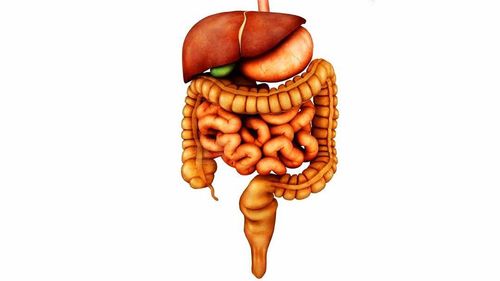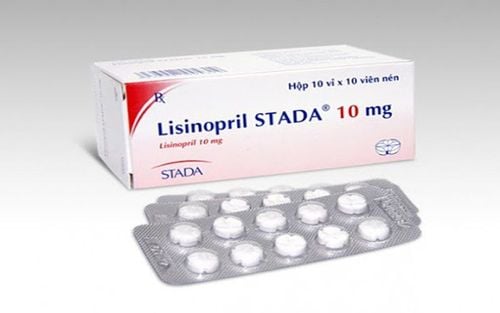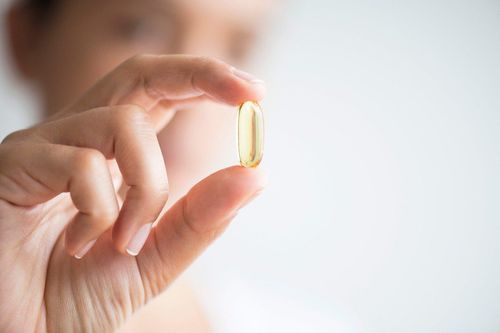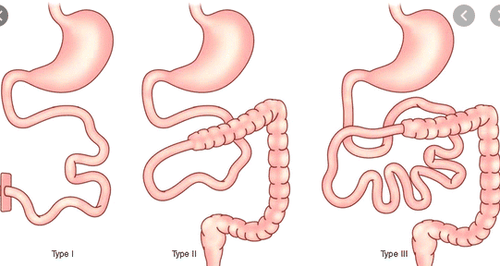This is an automatically translated article.
Lipids are fats that are either absorbed from food or synthesized in the liver. Every day, there are many types of food such as protein, sugar, fat, ... put into the body. The digestion and absorption of lipids is a much more complex process than the digestion and absorption of sugars and proteins. So what is the process of digestion and absorption of lipids?
1. Lipid Digestion
The process of lipid digestion in the body takes place sequentially according to the digestive route and is initiated in the oral cavity to the stomach and intestines. Digestion is the first step in lipid metabolism, which is the process of breaking down triglycerides into smaller monoglyceride units with the help of lipase enzymes.
Lipid digestion begins in the oral cavity through chemical digestion by the enzyme lipase secreted in the salivary glands. The mouth has the function of receiving food and crushing, mixing food with saliva to form swallowing pellets. Oral digestion includes the functions of chewing and swallowing. Because the swallowing reflex is a natural reflex, when eating, you must chew carefully to avoid obstruction. Lipase cannot break down cholesterol so it remains intact until it enters the epithelial cells of the small intestine. Lipids then continue to move down to the stomach and continue the chemical transformation with gastric lipase, the new mechanical transformation process begins.
However, much of the digestion and absorption of lipids occurs when a fat reaches the small intestine. Bile salt-dependent lipase and pancreatic lipase are secretions from the pancreas that are secreted into the small intestine to aid in the breakdown of triglycerides with mechanical transformation. Lipids are modified until they become individual fatty acid units that can be absorbed into the epithelial cells of the small intestine. Pancreatic lipase functions to signal the hydrolysis of triglycerides into free glycerol and free fatty acids.

Phần nhiều sự tiêu hóa và hấp thu lipid xảy ra khi một chất béo đi tới vị trí của ruột non
2. Lipid Absorption
Lipid absorption takes place in 2 ways including blood vessels and lymphatic system. In the liver, lipids are synthesized and metabolized and are also absorbed into the body. Lipases from pancreatic juice and small intestinal mucosal cells break down fats into glycerol, monoglycerides, and fatty acids. Glycerol, monoglycerides, fatty acids, cholesterol and phospholipids are fat units that are absorbed in the intestine. Each type of fat will have a different way of absorption, for example, short-chain fatty acids C2-C5, medium-chain fatty acids (C6-C12) and glycerol are directly absorbed into cells and then directly into the venous system. door. Long-chain fatty acids and monoglycerides are combined with bile to form new micelles that are absorbed into intestinal cells and recombined into triglycerides.
Absorption of fat in the body including phospholipids and cholesterol with low absorption efficiency of only 20-40% can be directly absorbed into intestinal cells. New lipids including cholesterol, phosphorlipids and triglycerides in the lumen of small intestinal cells are packaged into chylomicrons and then dumped into the lymphatic system.
In summary, lipid digestion and absorption are complex. The process of lipid digestion in the body is initiated in the oral cavity, which is physically converted into small particles. In the esophagus and stomach, food passes quickly without change. Down to the small intestine, it is chemically converted to fatty acids and glycerol by the enzyme lipase. Lipids are synthesized and metabolized in the liver, where lipids have also been absorbed into the body and excess will be excreted in the feces.
Please dial HOTLINE for more information or register for an appointment HERE. Download MyVinmec app to make appointments faster and to manage your bookings easily.




